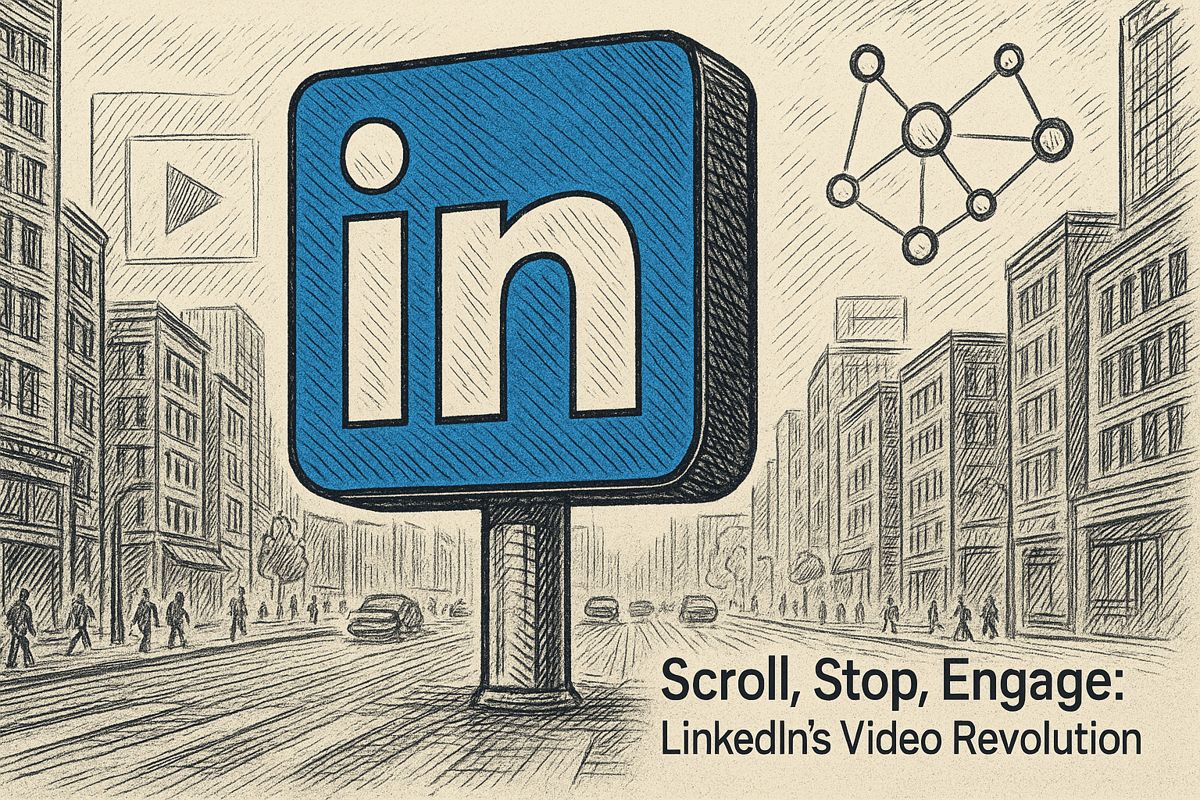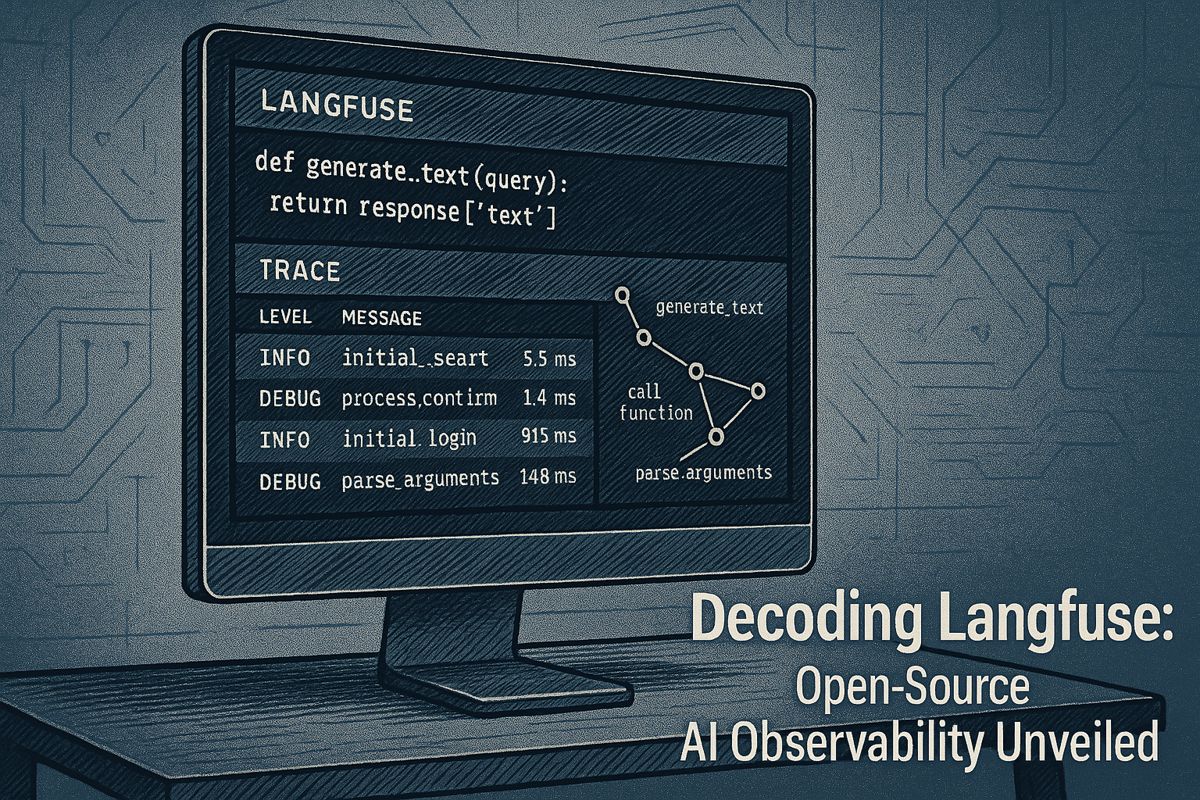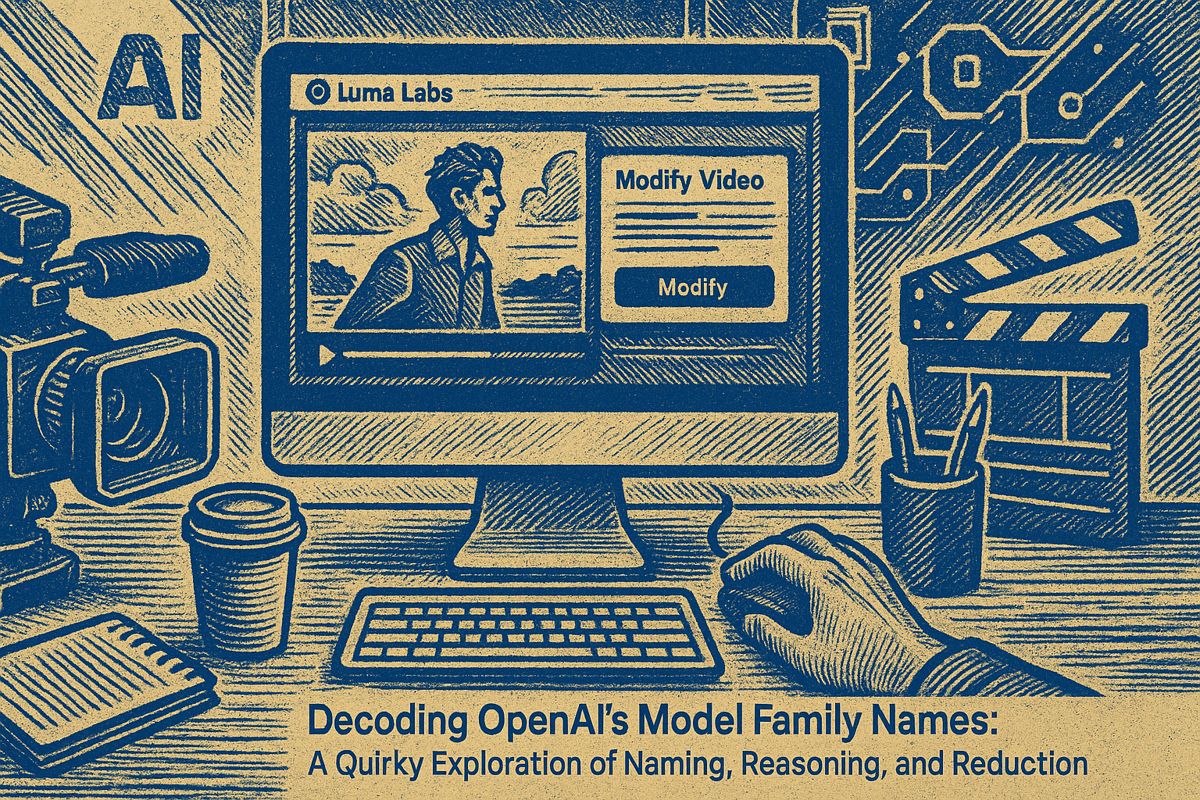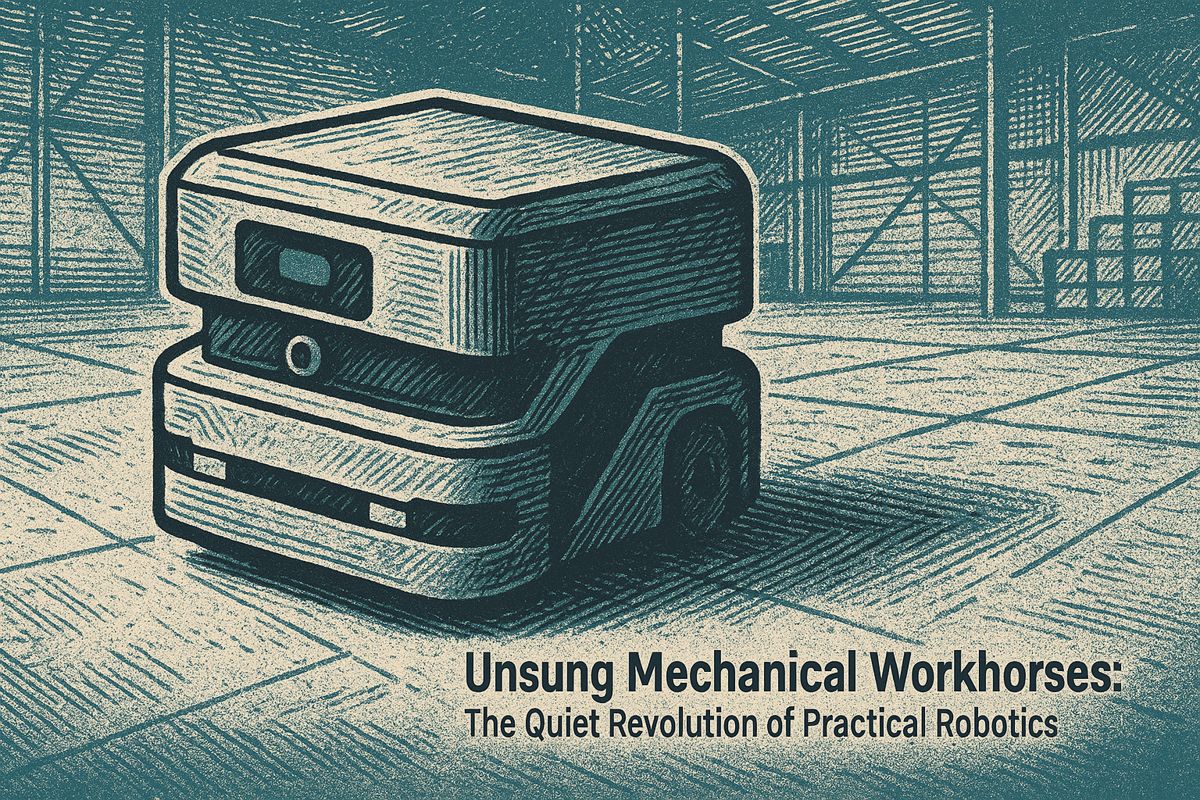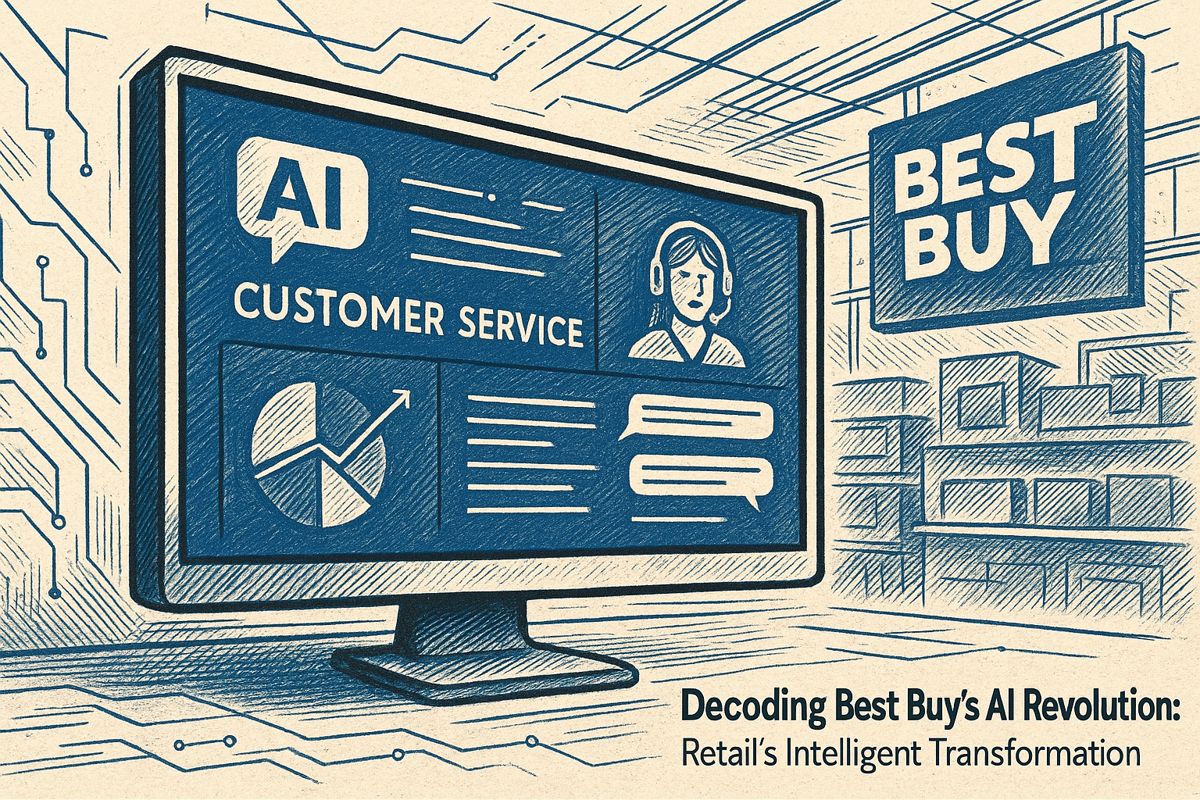Here’s the text with the most important phrase bolded:
LinkedIn is shaking up B2B marketing with two powerful new video ad formats: First Impression and Reserved Ads. These vertical video options offer precise targeting and cross-device capabilities, allowing marketers to capture professional audiences’ attention in a crowded digital landscape. With 75% of B2B marketers investing in video and 93% reporting stronger brand recall, these formats promise to transform how companies tell their stories. The new tools integrate seamlessly with platforms like Adobe Express and even extend to Connected TV, giving brands unprecedented ways to reach their target audience. This strategic move signals a shift from traditional static advertising to more dynamic, personality-driven content that can quickly engage professionals.
Are LinkedIn’s New Video Ad Formats a Game-Changer for B2B Marketing?
LinkedIn’s First Impression and Reserved Ads offer targeted, high-impact vertical video options for B2B marketers. With precise targeting and cross-device capabilities, these new formats promise to transform professional content marketing by capturing attention in an increasingly crowded digital landscape.
The First Glance: Why Video Now?
There’s a certain electricity in the air when a platform as buttoned-up as LinkedIn pivots—really pivots—toward video. This week, I caught myself lingering over their announcement (yes, LinkedIn, of all places) about two new ad formats: First Impression and Reserved Ads. My gut reaction? Mild skepticism—I’d seen my share of overhyped product launches before, especially back when I stitched together scrappy explainer clips in the era of boxy laptops and PowerPoint animation. But this time, nostalgia gave way to a sharper realization: attention, in 2024, has become scarcer than truffles in Provence.
Recently, I helped a SaaS client ditch their drab carousel of whitepapers and stock photos for a handful of straightforward product videos and founder updates. The result wasn’t cinematic, but the pipeline filled out, and our engagement rate nudged up by 12%. The numbers were humble, but the difference? Night and day. Was it risky? A little. Was I secretly nervous the first time we hit post? Absolutely—my heart did a small, caffeinated jig.
It’s easy to dismiss vertical video as a passing fad, a digital mirage shimmering across every feed. But as soon as you see 75% of B2B marketers putting their chips on video, and 93% claiming sharper brand recall over static ads, you know it’s more than just a shiny object. Can you even remember the last static ad you actually noticed on LinkedIn? I can’t.
Anatomy of LinkedIn’s New Video Arsenal
Let’s get granular. First Impression Ads are precisely that: your vertical video becomes the very first thing a target LinkedIn user sees on their daily scroll, but only for one day—a short window, but a wide-open stage. The pressure to dazzle is almost palpable, like stepping onto a brightly lit stage with a single, skeptical judge peering over glasses. Reserved Ads, meanwhile, offer something more enduring: that same pole position, but over multiple days, letting your message drip—inexorably—into the collective professional consciousness.
LinkedIn’s strategy doesn’t end with the feed, either. Their recent integration of Paramount’s premium Connected TV content lets B2B marketers go beyond the desktop and into living rooms. Imagine your pitch nestled between an episode of “Star Trek: Discovery” and the latest CBS drama—no longer just background noise among viral pet clips. With upgraded targeting via Innovid and Sprinklr, it’s possible to pinpoint CFOs or IT leads with surgical precision. I remember a campaign last fall where we spent hours wrestling with spreadsheet exports from three channels; the promise of streamlined, cross-device targeting almost makes me want to clap. Almost.
And for those of us who’ve winced at editing workflows, LinkedIn’s new Adobe Express integration is a genuine upgrade. Goodbye to the medieval torment of exporting, converting, and re-uploading assets between apps. It’s not exactly an espresso shot of pure efficiency, but it’s close.
Data, Detail, and the Subtle Shift
Let’s run the numbers. In Australia, 91% of marketers say social video drives direct sales. Two-thirds of B2B professionals report that skipping CTV ads now feels like self-sabotage. You can almost taste the urgency—the metallic tang of FOMO. In India, creator-driven campaigns are forecast to convert more deals by year’s end, echoing what I’ve heard anecdotally from peers at HubSpot and Sprinklr. If video used to be a garnish, it’s now the main course.
And what’s the secret sauce for standing out? Your first frame has to pop—a flash of citrus against a sea of beige. Tell your story with numbers, not just adjectives. Keep your colors bold, fonts readable, and show the product in action. A colleague once told me, “If your ad’s not legible to someone squinting at their phone on the 7:45 train, you’ve already lost.” Hard truth. Calls to action need to be unmistakable; ambiguity is the enemy of conversion. (I learned this the hard way after a campaign where we buried our CTA in a haystack of clever copy—never again.)
Behind-the-scenes content, surprisingly, pulls people in. It’s the digital equivalent of leaving your office door just a crack open, letting curiosity waft in. I used to think polish mattered most, but sometimes a little rawness—a minor glitch, a laugh caught on tape—makes your brand memorable. Oh, the irony.
From Jargon to Story: LinkedIn’s New Era
LinkedIn’s video pivot isn’t just another round of jargon-laden product updates. If anything, it marks a tectonic shift in how B2B brands approach storytelling: less PowerPoint, more personality; fewer buzzwords, more specifics. I’ll admit, I used to resist the vertical video trend, clinging stubbornly to the landscape formats of my past. No more. I’ve come to see vertical as the lingua franca of attention—a direct line into the scrolling subconscious.
The day after these updates dropped, I felt a surge of anticipation—and a flicker of uncertainty, too. Would these formats actually cut through the ambient hum of content fatigue? Only time (and the next quarterly report) will tell. But there’s no denying that LinkedIn’s move has raised the stakes for marketers everywhere. It’s a new game, and the first player to capture attention wins.
And if I’m wrong? Well, there’s always another headline waiting in the wings…

